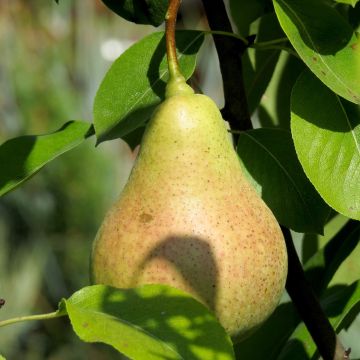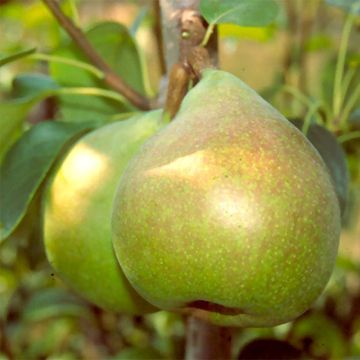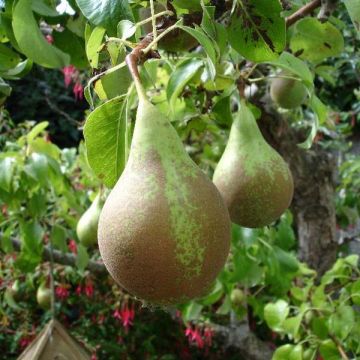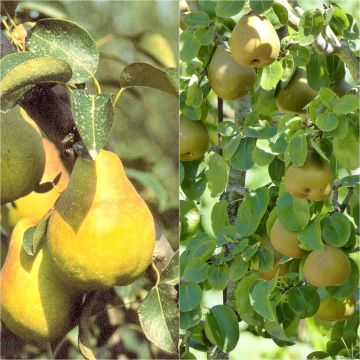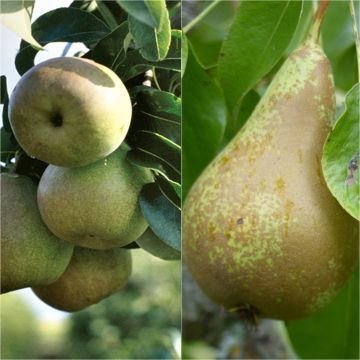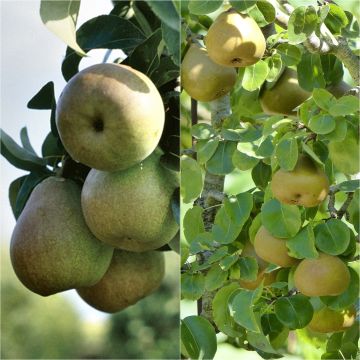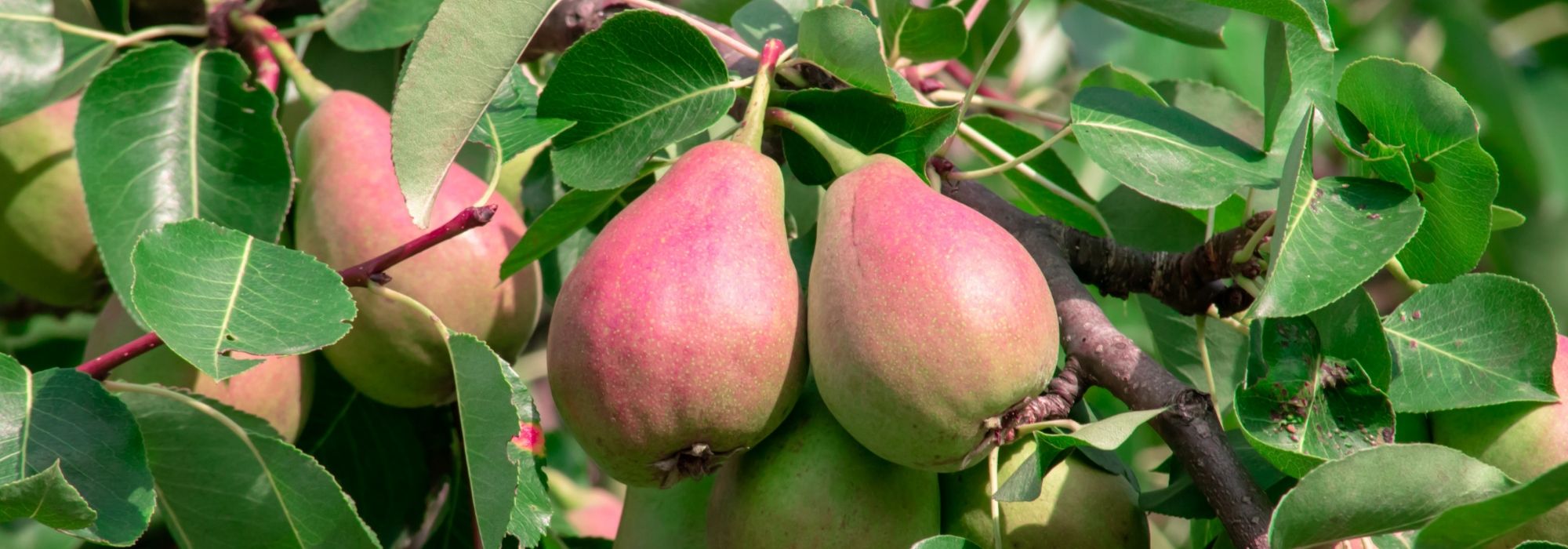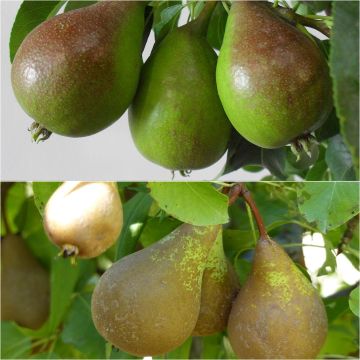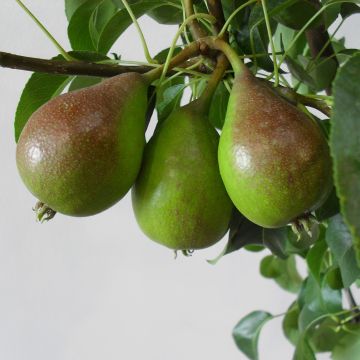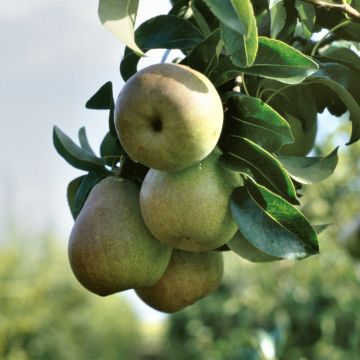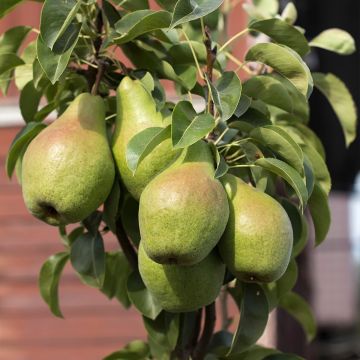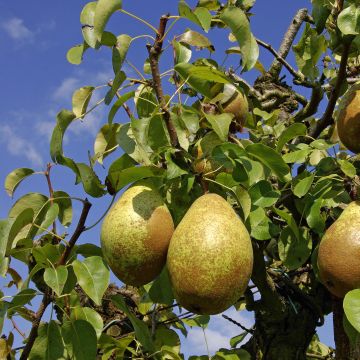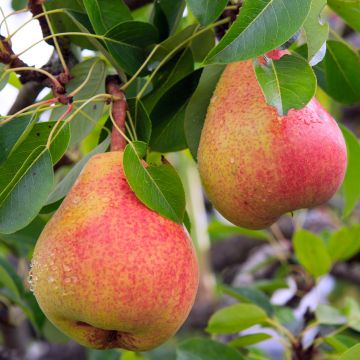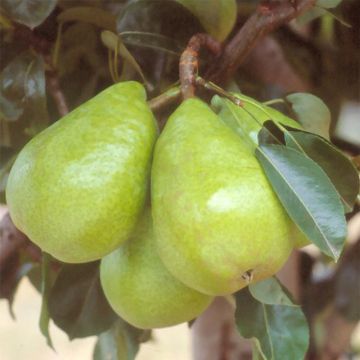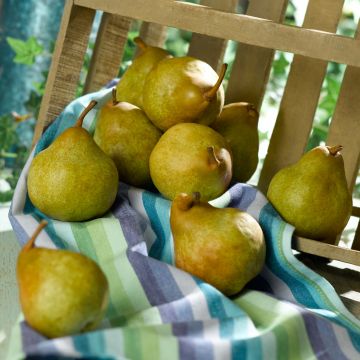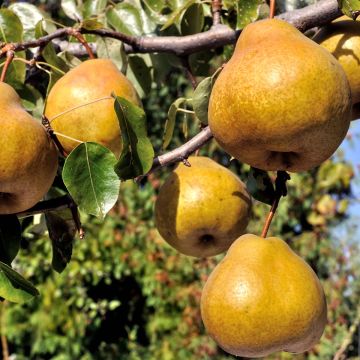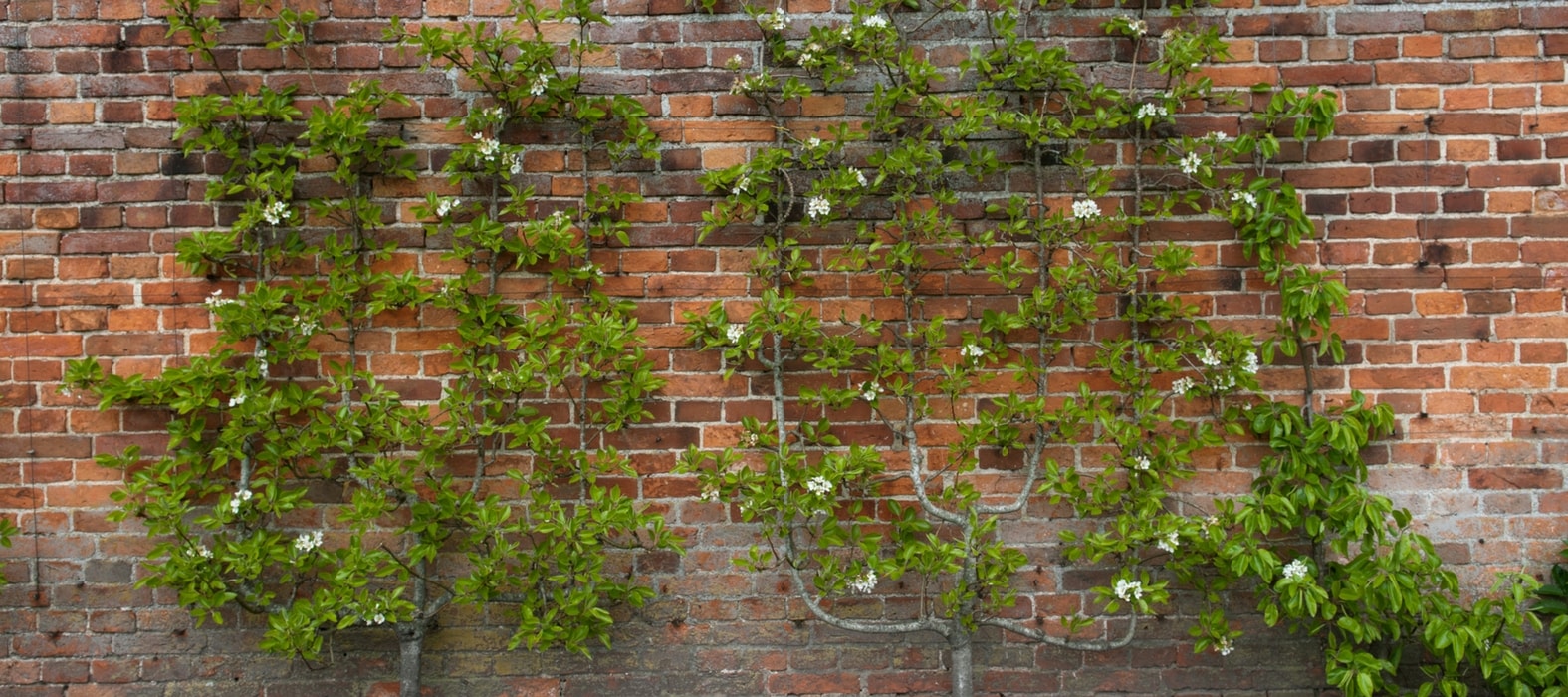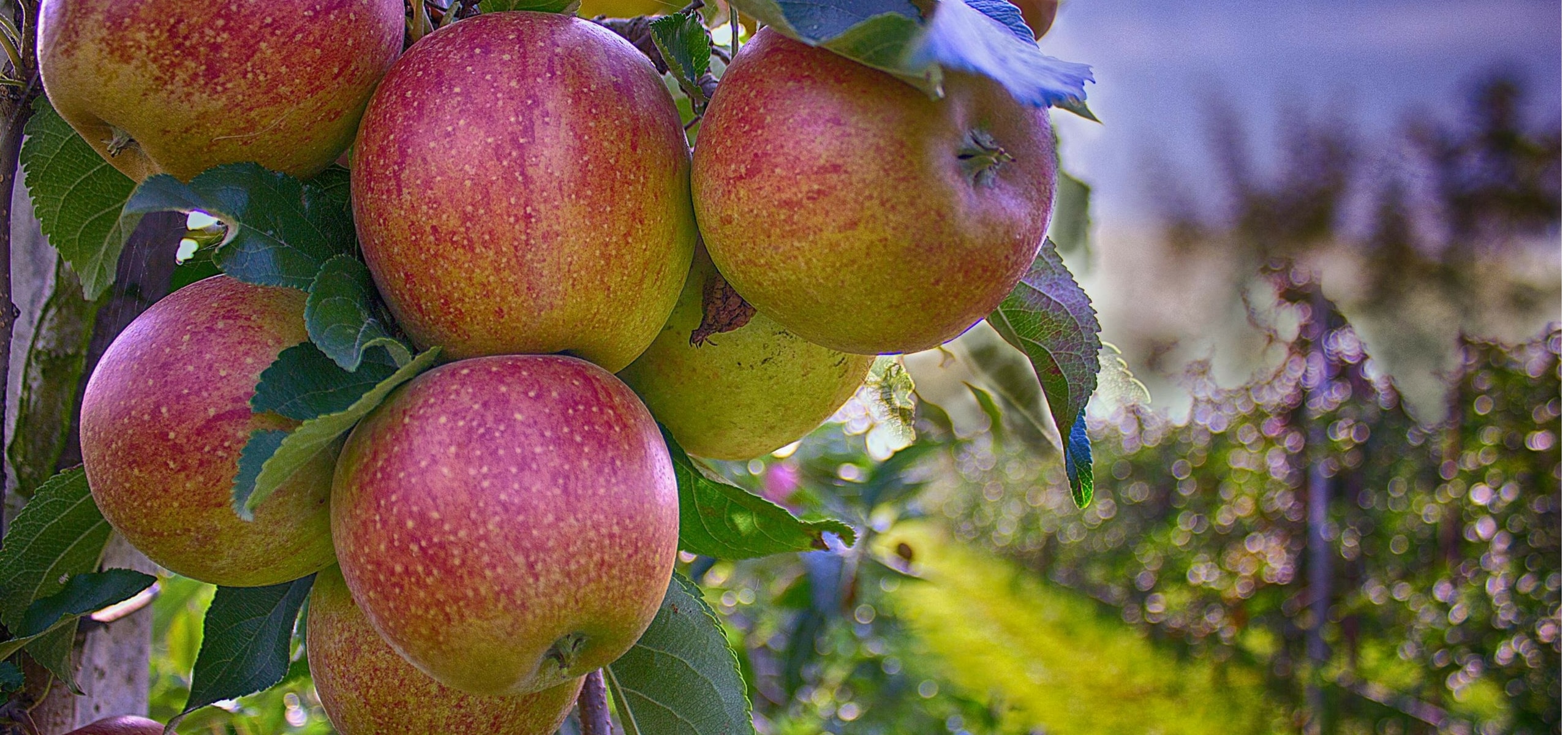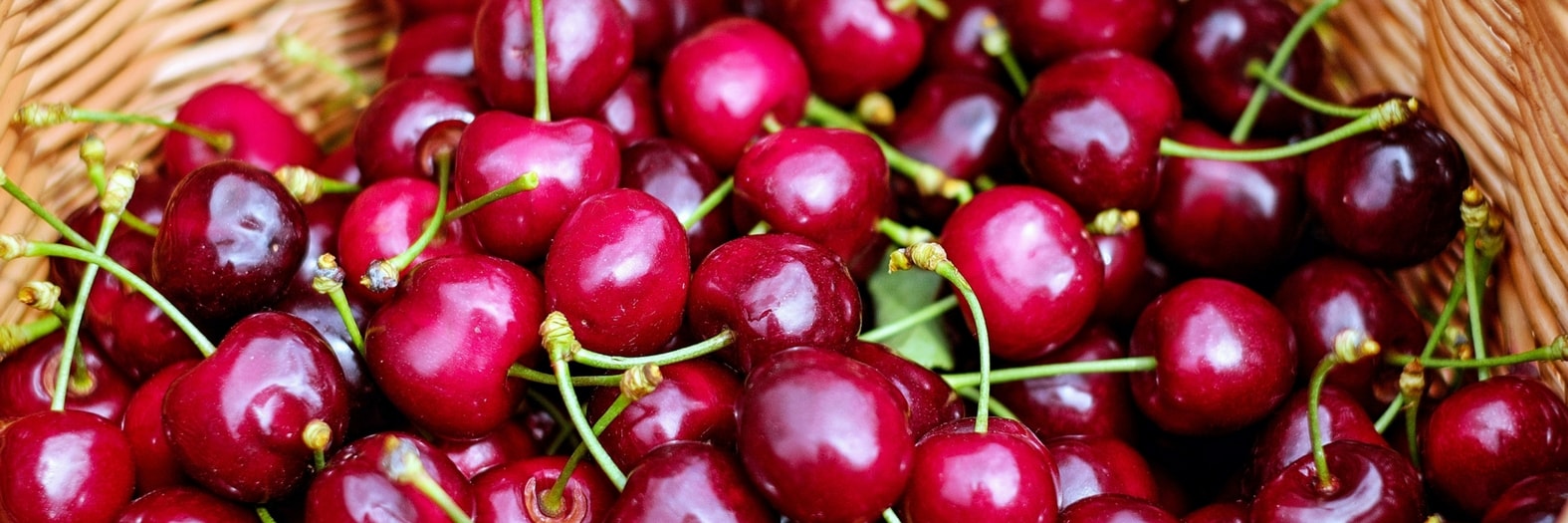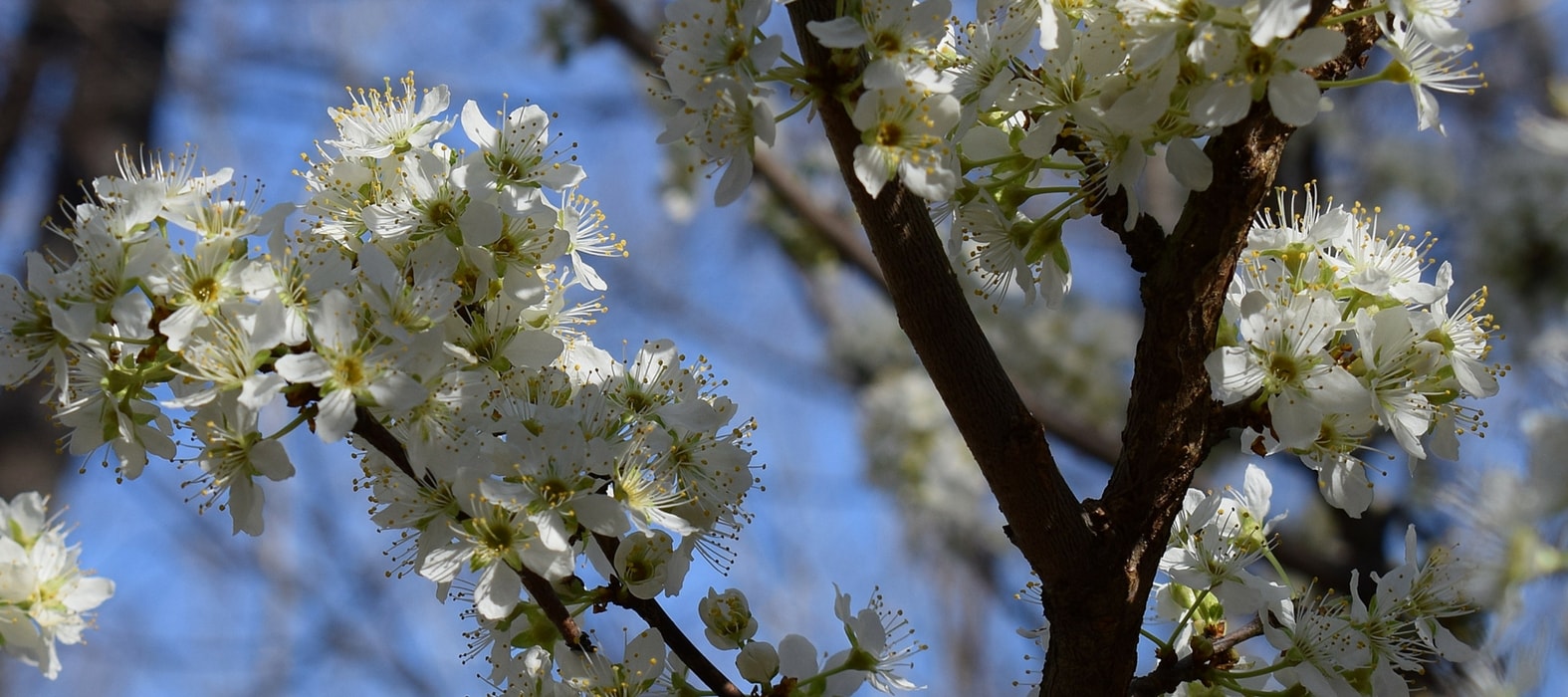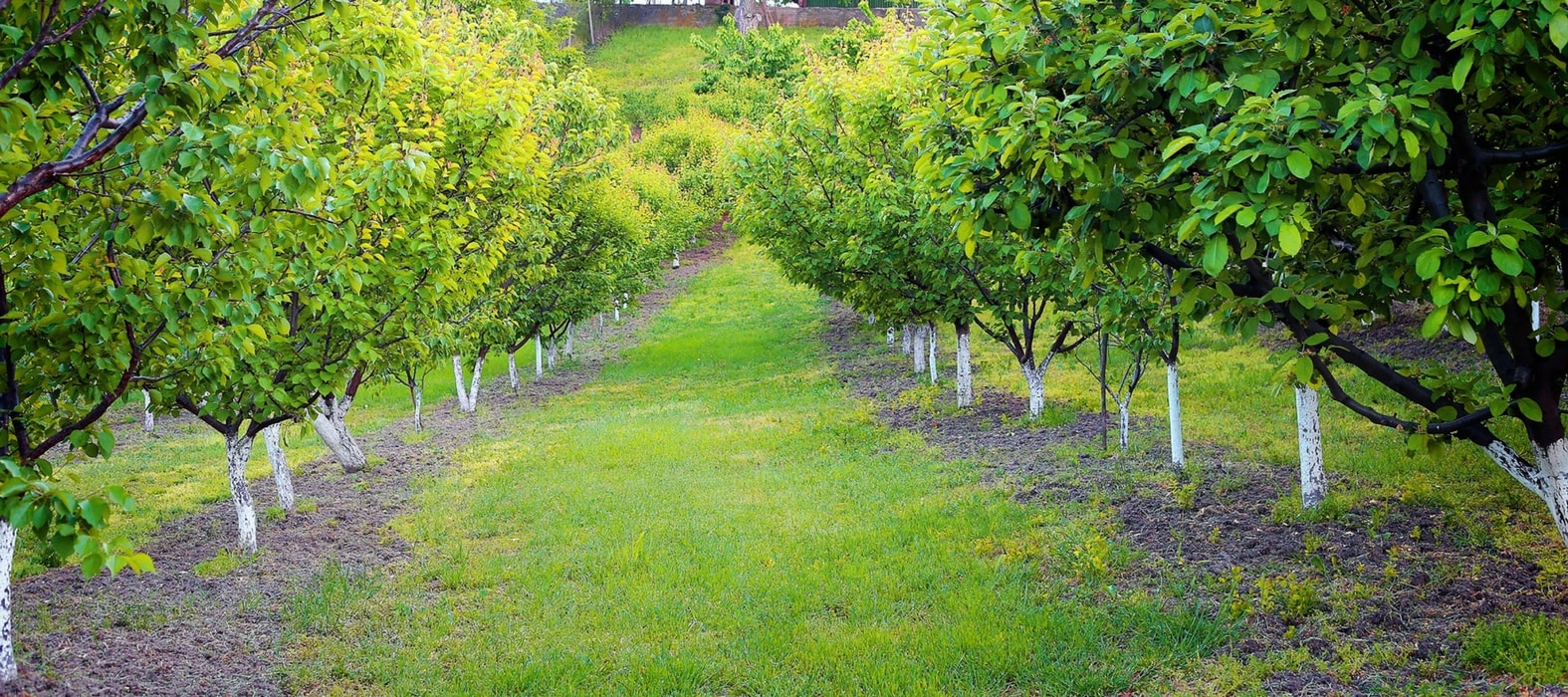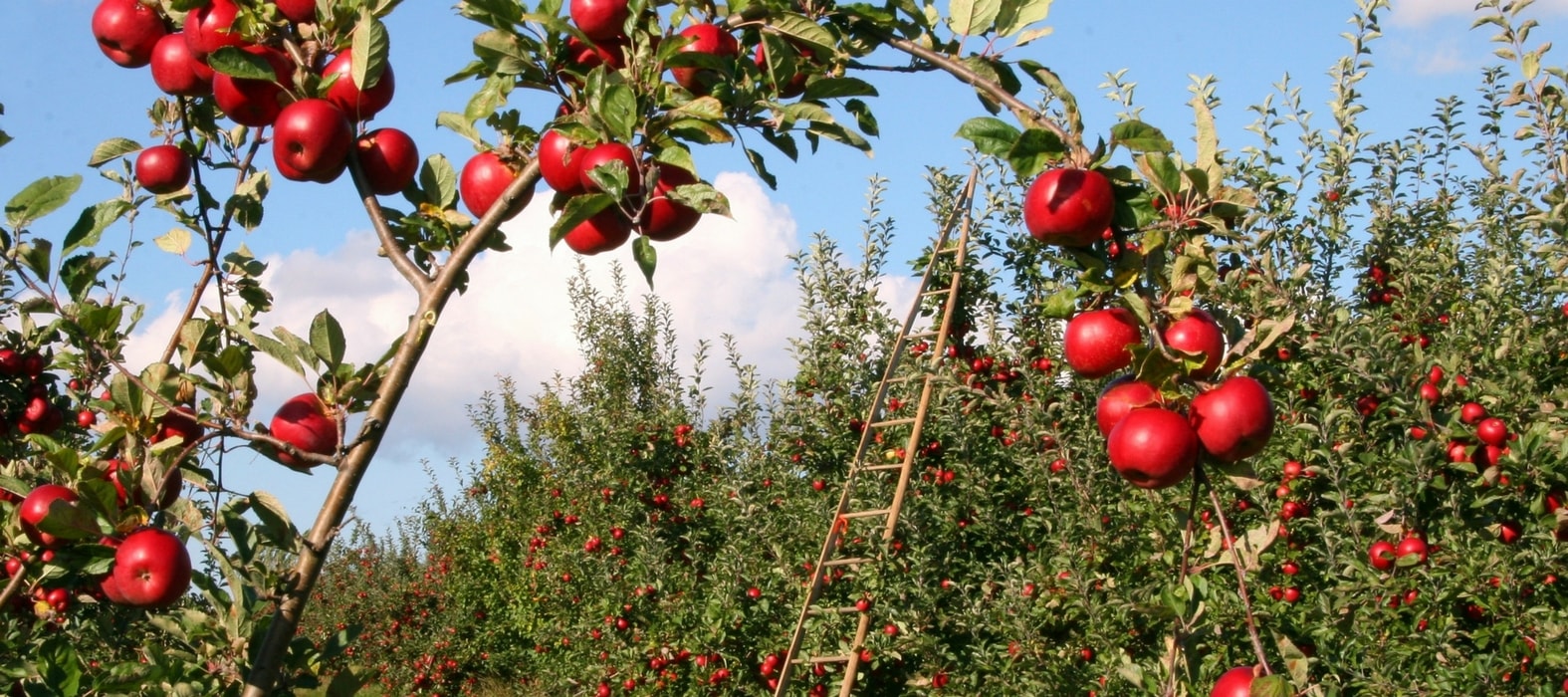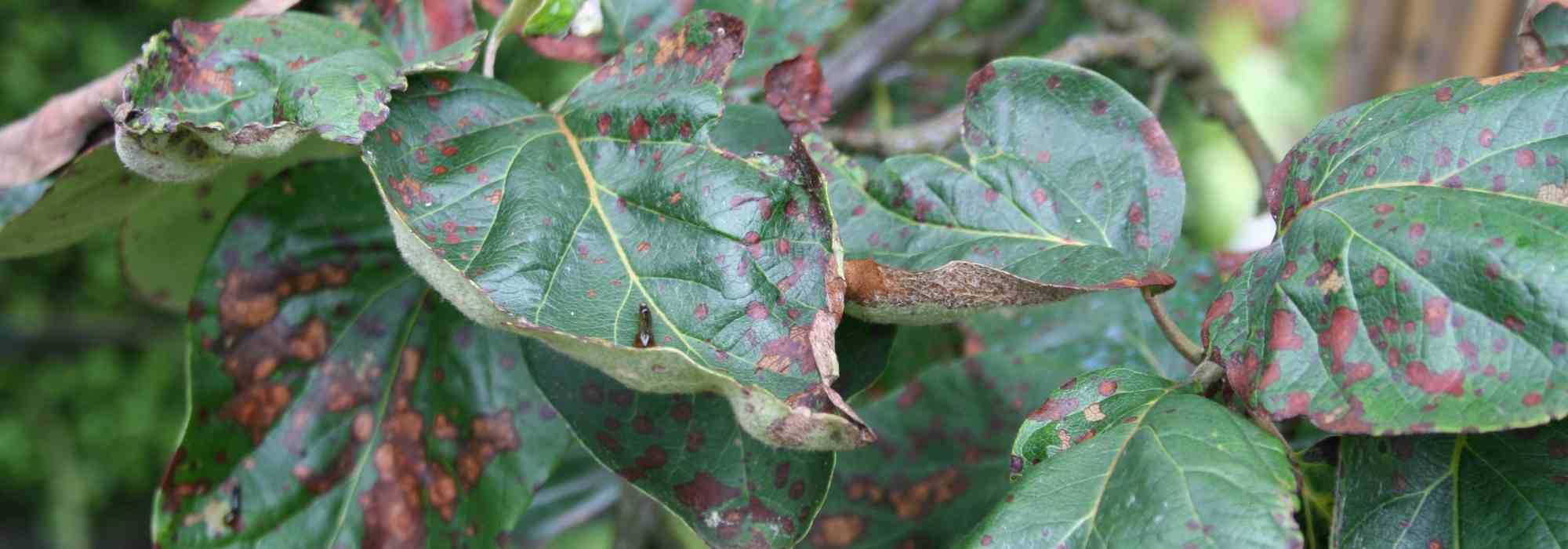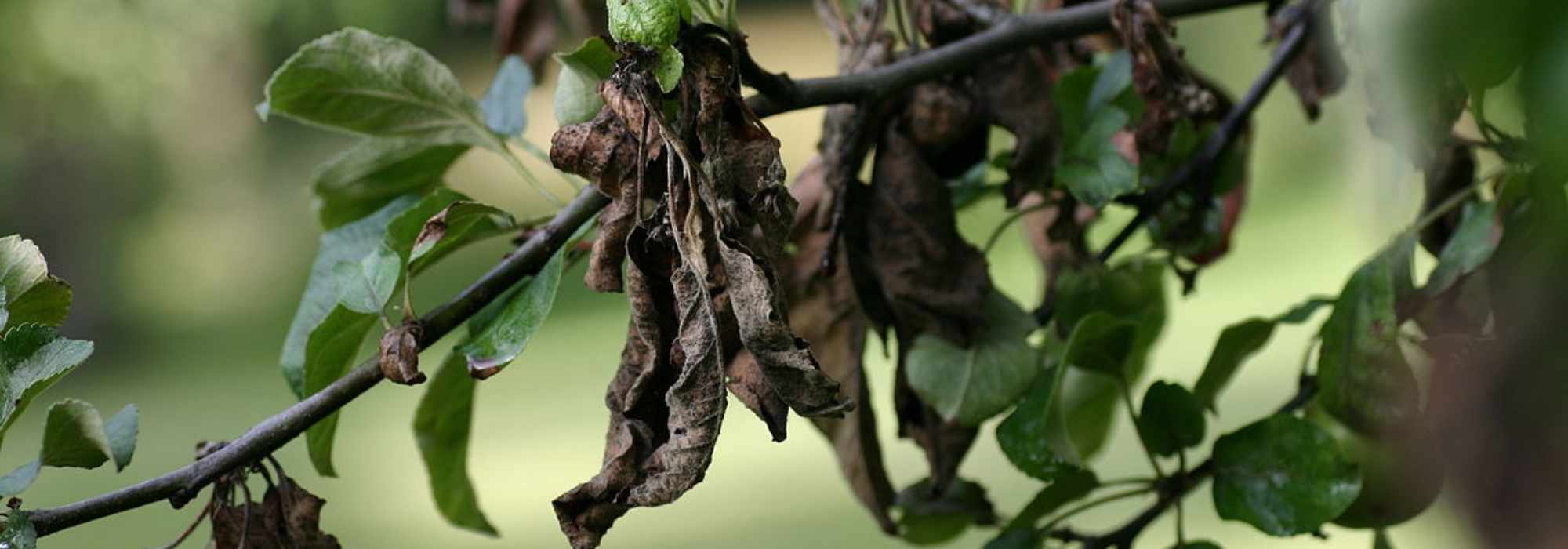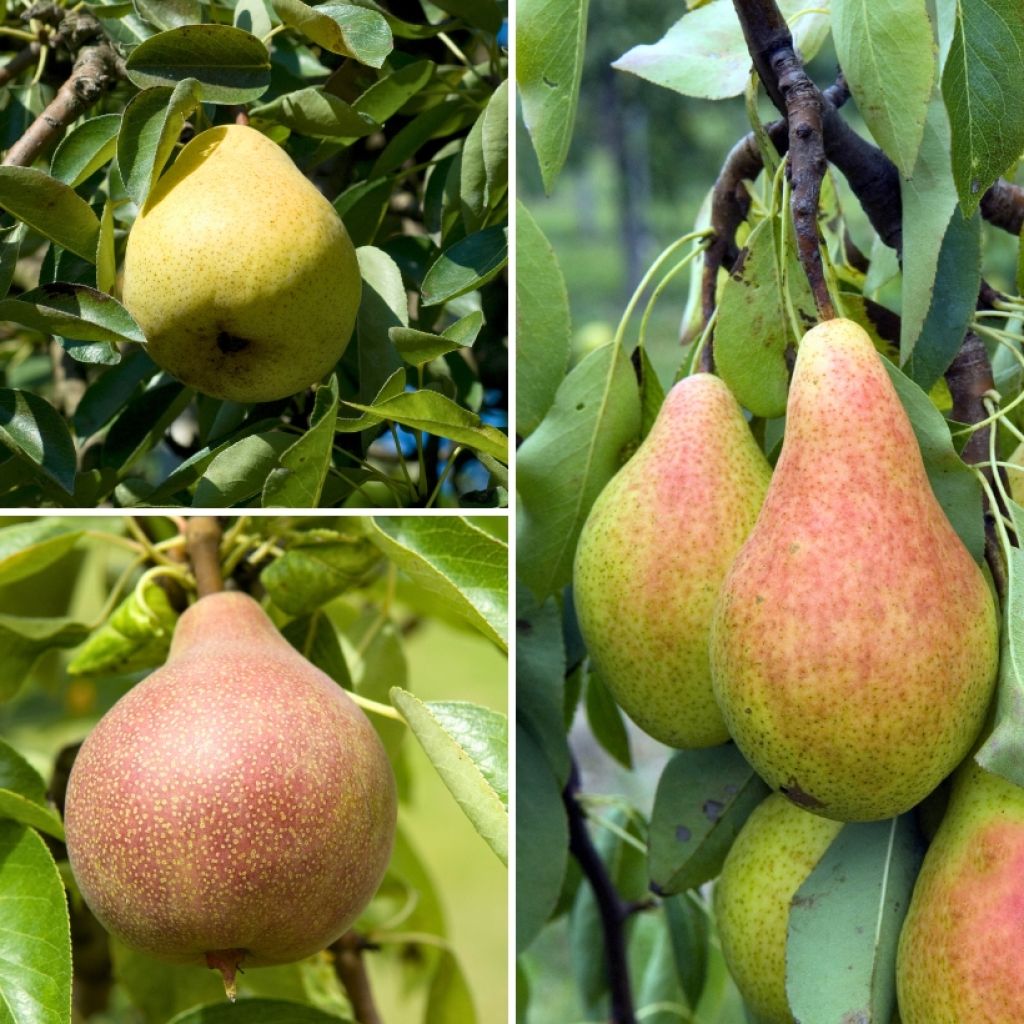

Pyrus communis triple - Conference, Clapp’s Favourite and William’s
Pyrus communis triple - Conference, Clapp’s Favourite and William’s
Pyrus communis Conference, Clapp’s Favorite, William’s
European Pear, Common Pear
Special offer!
Receive a €20 voucher for any order over €90 (excluding delivery costs, credit notes, and plastic-free options)!
1- Add your favorite plants to your cart.
2- Once you have reached €90, confirm your order (you can even choose the delivery date!).
3- As soon as your order is shipped, you will receive an email containing your voucher code, valid for 3 months (90 days).
Your voucher is unique and can only be used once, for any order with a minimum value of €20, excluding delivery costs.
Can be combined with other current offers, non-divisible and non-refundable.
Why not try an alternative variety in stock?
View all →This plant carries a 6 months recovery warranty
More information
We guarantee the quality of our plants for a full growing cycle, and will replace at our expense any plant that fails to recover under normal climatic and planting conditions.
Description
The Trio Pear Tree Conference, Clapp’s Favourite and William’s brings together three complementary varieties to offer fruits rich in flavours from mid-August to the end of October, and even until January if stored properly. All three varieties bloom in April, resulting in a self-pollinating fruit tree that offers a diversity of fruit over a longer period, while remaining healthy, productive, and vigorous. These three varieties can be enjoyed fresh when harvested or used in cooking. William’s, juicy and melting, is an excellent pear with a well-established reputation. Clapp’s Favourite, melting in the mouth, releases its sweet and aromatic flavours. And Conference is a late variety of excellent taste that can be stored for part of the winter. After a particularly dazzling spring flowering, the pear tree adorns itself for the season with dark green foliage that will take on beautiful autumnal hues before falling for the winter. Its excellent cold resistance and adaptability to all types of soils, except overly suffocating ones, allow the pear tree to thrive in all regions, even at high altitudes. Both ornamental and fruitful, this trio finds a place planted on a lawn, at the back of a flower bed, in an orchard, or as part of a fruit hedge. This variety is ideal for small gardens or to meet space constraints.
This tree combines three grafts:
- A graft of Conference Pear: a very hardy variety, not frost-sensitive and not very susceptible to scab, which grows in all regions. The pears, elongated in the shape of a water drop, ripen from the end of September. Their skin is light green, irregularly marbled with brown. The creamy white flesh is sweet, juicy, slightly firm, and granular near the core. Harvested two weeks before ripeness, around early October, they can be stored in a cool, but frost-free and ventilated place, until January.
- A graft of Clapp’s Favourite Pear: an old American, hardy, vigorous variety, resistant to scab. It produces fruits of excellent taste, loved by gourmets. The fruit is large, pear-shaped, more or less elongated, with a smooth, thin, yellowish-green skin washed with purple-red on the sunny side. The flesh is yellowish-white, fine, melting, juicy, sweet, slightly acidic, and delicately perfumed. Harvest from late August over a period of 4 to 6 weeks. Not suitable for long-term storage, it is a delicious pear to be enjoyed fresh. When cooked, it lends itself well to many sweet or savoury recipes.
- A graft of William's Pear (syn. Bon Chrétien William’s): a very adaptable variety, easy to grow, renowned for the excellent taste of its large pears and their ability to be stored. The fruits are yellow when ripe, sometimes speckled with russet and offer a fine, juicy, melting, sweet, and delightfully aromatic flesh. Fairly large, with a diameter of about 7 cm, round and squat, they can be harvested from August and stored perfectly until November, either in a well-ventilated cellar or in the refrigerator.
Pyrus communis (Common Pear) is a fruit tree belonging to the Rosaceae family. Present in Europe since ancient times, it originates from the forests of Western Asia. Over the centuries, a very large number of cultivars have emerged. Its cultivation is widespread in Europe. 'Conference' is a variety that was obtained in 1884 by Thomas River of Sawbridgeworth (England), from a chance seedling of the cultivar 'Léon Leclerc de Laval'. Its introduction dates back to 1895, following the international pear conference held in London. 'Clapp’s Favourite', also known as 'Fruhe Clapps', is a variety that was obtained by Mr. Thaddeus Clapp in 1860, in Boston (Dorchester neighbourhood) in the state of Massachusetts (United States) from a chance seedling of the cultivar 'Fondante des Bois'. 'William’s', also known as 'Bon Chrétien William’s' or 'Bartlett' in the USA, is an old pear variety, resulting from a natural seedling, obtained in 1796 in the United Kingdom, by Stair Wheeler (English schoolteacher), and then more widely disseminated in the 19th century by Williams of Turnham (nurseryman).
This pear tree forms a pyramid-shaped tree, reaching approximately 4 to 6 metres in height and 4 metres in width at maturity, producing numerous slightly arched branches, with a spreading habit. Its habit is well suited to tall forms (standard) or low forms (bush) and occasionally espalier-trained (fan-trained). Its deciduous foliage consists of large, 8 to 10 cm long, alternate, ovate, shiny green leaves, turning yellow-orange in autumn. Flowering occurs between late March and mid-April. The single, white, 2 to 3 cm diameter flowers, grouped in umbels, are nectar-rich. They can be destroyed by frost from -2 to -3 °C. It is a hardy tree that tolerates temperatures around -25 °C and is suitable for cultivation in all regions, including high altitudes. Pear trees are self-sterile or self-incompatible, meaning the flowers cannot fertilise themselves. However, due to this combination of varieties, cross-pollination will occur between the varieties, ensuring maximum fruit set.
These three varieties of pear trees grafted onto the same tree offer abundant and regular fruiting and rapid fruiting, around 3 to 4 years, with optimal fruit production occurring after 5 to 7 years. An adult pear tree (between 10 and 20 years old) produces an average of 30 to 50 kilograms of fruit per year. The first harvests can begin with 'William's' around mid-August, then continue with 'Clapp’s Favourite' in September, and end with 'Conference' in October. It is important to harvest the fruits slightly before they are fully ripe and with their stems to ensure good storage. Since pears are quite fragile, they should be harvested delicately by hand. The fruit can be consumed immediately after harvesting. Pears can be eaten raw or cooked, in compotes, pastries, and desserts, in fruit salads or composed salads, paired with cheeses, or served as an accompaniment to savoury dishes, alongside ducks, white meats (poultry and lamb), or game. They are also perfect for making juices or preserved fruits in syrup.
Pears are rich in water, refreshing and thirst-quenching. With their fleshy texture, they provide a great feeling of satisfaction. Moderately calorific, they are rich in potassium, calcium, and magnesium, with a significant iron content. Their content of vitamins C and E, antioxidants, and fibres make pears a healthy choice. They are invigorating, energising, and rehydrating. The fruits can be stored for only a few weeks after harvest, for William's and Clapp’s Favourite, and until January for the Conference. Store in a cool, clean place, protected from light, at a temperature around 8 to 10 °C, or in a cold room, sealed off from outside air, at a temperature of 1 to 3 °C.
Pyrus communis triple - Conference, Clapp’s Favourite and William’s in pictures


Plant habit
Fruit
Flowering
Foliage
Botanical data
Pyrus
communis
Conference, Clapp’s Favorite, William’s
Rosaceae
European Pear, Common Pear
Cultivar or hybrid
Other Pear trees
View all →Planting and care
Your Pear Tree needs warmth, so plant it sheltered from prevailing winds, especially in the north, and preferably in full sun. The pear tree thrives in moist, rich soils without stagnant moisture, but does not like overly dry or chalky soils. Pear trees, like all fruit trees, are best planted between October and March, outside of the freezing period. Container-grown trees can be planted throughout the year, except during periods of high heat or frost.
To plant, loosen the soil deeply and remove rocks and weeds. Add some gravel to improve drainage if necessary. Dig a wide planting hole at least 3 times the volume of the root ball. Make sure to separate the subsoil from the topsoil. Mix crushed horn and organic matter (potting soil, compost, etc.) with the subsoil and pour this mixture into the bottom of the planting hole. Place the root ball, cover with the topsoil without burying the graft union and firm it down. Water generously (about 10 litres). It may be useful to stake the pear tree by installing a bracing system: plant 3 stakes in a triangle 50 cm around the trunk and connect them with pieces of wood. Protect the bark with a piece of rubber, for example, and attach the stakes to the trunk with wire. It is also possible to espalier it on a support (U-shaped espalier or Verrier espalier, for example).
Every year in autumn, apply well-rotted compost on the surface. Then, in winter, add a small handful of wood ash, rich in potash, to improve fruiting. Hoe if necessary at the base of the tree. Water regularly, depending on your climate, during the first two or three years.
The pear tree can be susceptible to various diseases and pests. To prevent scab (brown spots on leaves), brown rot (wilting of flowers and rotting of fruits on the tree), and powdery mildew (white powdery coating on leaves), spray Bordeaux mixture and horsetail decoctions. As for pests, the codling moth or fruit worm, a small caterpillar, can be controlled by installing bird and bat boxes, placing undulated cardboard strips along the trunk, and bagging the fruits in brown kraft paper. In case of aphid infestation, spray a mixture of water and black soap.
Planting period
Intended location
Care
Planting & care advice
This item has not been reviewed yet - be the first to leave a review about it.
Haven't found what you were looking for?
Hardiness is the lowest winter temperature a plant can endure without suffering serious damage or even dying. However, hardiness is affected by location (a sheltered area, such as a patio), protection (winter cover) and soil type (hardiness is improved by well-drained soil).

Photo Sharing Terms & Conditions
In order to encourage gardeners to interact and share their experiences, Promesse de fleurs offers various media enabling content to be uploaded onto its Site - in particular via the ‘Photo sharing’ module.
The User agrees to refrain from:
- Posting any content that is illegal, prejudicial, insulting, racist, inciteful to hatred, revisionist, contrary to public decency, that infringes on privacy or on the privacy rights of third parties, in particular the publicity rights of persons and goods, intellectual property rights, or the right to privacy.
- Submitting content on behalf of a third party;
- Impersonate the identity of a third party and/or publish any personal information about a third party;
In general, the User undertakes to refrain from any unethical behaviour.
All Content (in particular text, comments, files, images, photos, videos, creative works, etc.), which may be subject to property or intellectual property rights, image or other private rights, shall remain the property of the User, subject to the limited rights granted by the terms of the licence granted by Promesse de fleurs as stated below. Users are at liberty to publish or not to publish such Content on the Site, notably via the ‘Photo Sharing’ facility, and accept that this Content shall be made public and freely accessible, notably on the Internet.
Users further acknowledge, undertake to have ,and guarantee that they hold all necessary rights and permissions to publish such material on the Site, in particular with regard to the legislation in force pertaining to any privacy, property, intellectual property, image, or contractual rights, or rights of any other nature. By publishing such Content on the Site, Users acknowledge accepting full liability as publishers of the Content within the meaning of the law, and grant Promesse de fleurs, free of charge, an inclusive, worldwide licence for the said Content for the entire duration of its publication, including all reproduction, representation, up/downloading, displaying, performing, transmission, and storage rights.
Users also grant permission for their name to be linked to the Content and accept that this link may not always be made available.
By engaging in posting material, Users consent to their Content becoming automatically accessible on the Internet, in particular on other sites and/or blogs and/or web pages of the Promesse de fleurs site, including in particular social pages and the Promesse de fleurs catalogue.
Users may secure the removal of entrusted content free of charge by issuing a simple request via our contact form.
The flowering period indicated on our website applies to countries and regions located in USDA zone 8 (France, the United Kingdom, Ireland, the Netherlands, etc.)
It will vary according to where you live:
- In zones 9 to 10 (Italy, Spain, Greece, etc.), flowering will occur about 2 to 4 weeks earlier.
- In zones 6 to 7 (Germany, Poland, Slovenia, and lower mountainous regions), flowering will be delayed by 2 to 3 weeks.
- In zone 5 (Central Europe, Scandinavia), blooming will be delayed by 3 to 5 weeks.
In temperate climates, pruning of spring-flowering shrubs (forsythia, spireas, etc.) should be done just after flowering.
Pruning of summer-flowering shrubs (Indian Lilac, Perovskia, etc.) can be done in winter or spring.
In cold regions as well as with frost-sensitive plants, avoid pruning too early when severe frosts may still occur.
The planting period indicated on our website applies to countries and regions located in USDA zone 8 (France, United Kingdom, Ireland, Netherlands).
It will vary according to where you live:
- In Mediterranean zones (Marseille, Madrid, Milan, etc.), autumn and winter are the best planting periods.
- In continental zones (Strasbourg, Munich, Vienna, etc.), delay planting by 2 to 3 weeks in spring and bring it forward by 2 to 4 weeks in autumn.
- In mountainous regions (the Alps, Pyrenees, Carpathians, etc.), it is best to plant in late spring (May-June) or late summer (August-September).
The harvesting period indicated on our website applies to countries and regions in USDA zone 8 (France, England, Ireland, the Netherlands).
In colder areas (Scandinavia, Poland, Austria...) fruit and vegetable harvests are likely to be delayed by 3-4 weeks.
In warmer areas (Italy, Spain, Greece, etc.), harvesting will probably take place earlier, depending on weather conditions.
The sowing periods indicated on our website apply to countries and regions within USDA Zone 8 (France, UK, Ireland, Netherlands).
In colder areas (Scandinavia, Poland, Austria...), delay any outdoor sowing by 3-4 weeks, or sow under glass.
In warmer climes (Italy, Spain, Greece, etc.), bring outdoor sowing forward by a few weeks.






























